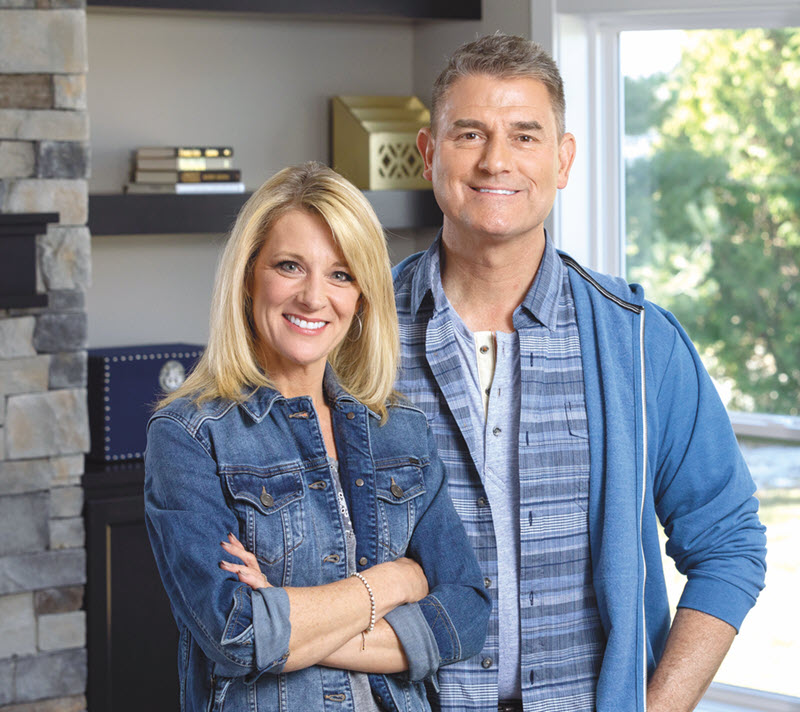1. Unplug your second refrigerator or freezer.
Many families keep a second fridge to hold extra drinks or to use in the basement during parties. Most of these refrigerators are at least 10 years old and use a lot of energy. If you have a second fridge, retire it or plug it in only when you really need it. Bonus: Iowa Alliant Energy electric customers can have their old working refrigerators picked up and recycled for free. Learn more.
2. Wash your laundry in cold water.
It takes a lot of energy to heat water for laundry. That’s a lot of heat and money washed down the drain. Save by washing laundry with cold water. Look for detergents specifically formulated for cold water. Your clothes will still get as clean as before, for a lower price.
3. Replace your home's five most frequently used bulbs with LEDs.
By replacing your five most frequently used bulbs with LEDs, you could save as much as $75 a year! LEDs are more expensive upfront, but you’ll likely recoup the cost in less than a year because of the energy savings. Make the switch today!
4. Use your microwave instead of a conventional oven.
When reheating food or cooking smaller dishes, use your microwave. You can save up to 50% of your energy usage by using a microwave instead of a conventional electric oven. It’s an easy way to save energy and cooks your food much faster.
5. Use ceiling fans, but only when you are in the room.
Ceiling fans help you feel cooler during the summer months. They move the air around you, speeding up the evaporation of moisture on your skin so that you feel cooler. Ceiling fans cool the people in the room, not the air, so be sure to turn them off when you leave the room.
6. Unplug chargers when not in use.
Many chargers draw a small amount of electricity even when the device they charge is not plugged in or after the device is fully charged. That adds up over time. Remember to look for chargers all over your home, including those for computers, phones, power tools, shavers, electric toothbrushes and other battery-powered devices.
7. Set your thermostat up in summer.
Air conditioners use a lot of power, so every degree warmer you can tolerate in your house will save you energy and money. On average, for every degree you turn up your thermostat, you save about 3% on your energy bills.
8. Set your thermostat down in winter.
Two little degrees. That's all it takes to cut your winter heating bill. Throw on an extra layer of clothing, turn down the thermostat and save!
9. Save on hot water use.
A few small changes can easily save you 5% on your hot water use. Shorten your showers by a minute or two, and don't let the hot water run when you shave or brush your teeth. When doing laundry, wash your clothes in cold water. In the kitchen, run the water only when rinsing the dishes.
10. Turn down the thermostat on your water heater.
The temperature on your water heater may be set higher than necessary. Some manufacturers preset water heaters to 140 degrees. Lowering the temperature by at least 10 degrees can save you up to 5% on your water heating costs. The U.S. Consumer Product Safety Commission (CPSC) suggests users to keep the temperature at 120 degrees.
Savings data source: U.S. Department of Energy







